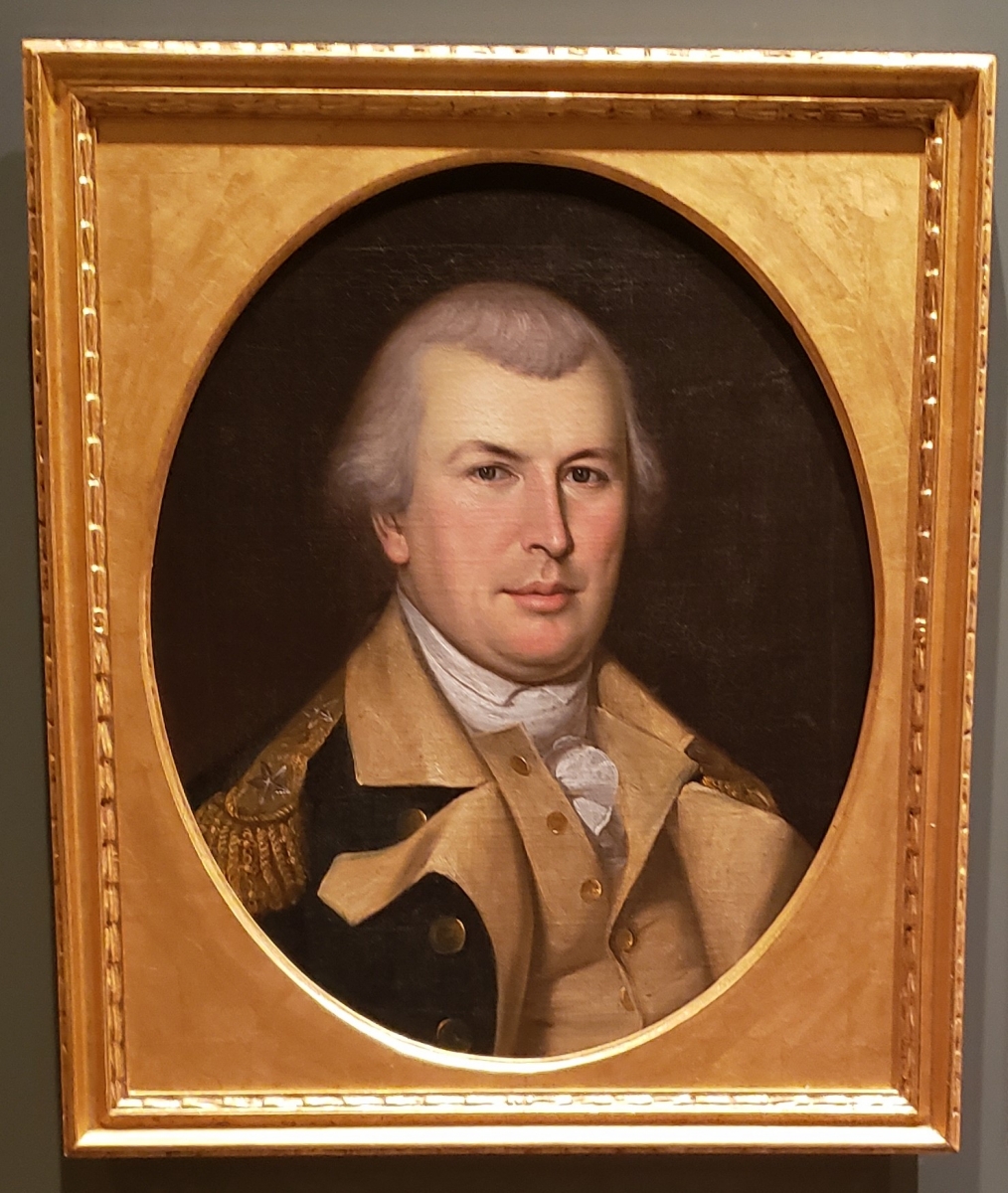Nathanael Greene - One of America's Founding Fathers
Related Posts
- Buy Tickets for The Constitutional Walking Tour of Philadelphia – See 20+ Sites on a Primary Overview of Independence Park, including the Liberty Bell and Independence Hall
- Valley Forge National Historical Park
- New Hall Military Museum
- Museum of the American Revolution
Birth: July 27, 1742
Death: June 19, 1786 (age 43)
Colony: Rhode Island
Occupation: Merchant, General, and Plantation Owner
Significance: Served as Major General in the Continental Army (1776-1783); served as Quartermaster General in the Continental Army (1778-1780); and served as Commander of Continental Army in the Southern Theater (1780-1783)

Nathanael Greene was one of the Founding Fathers of the United States. Greene was born to a prominent Quaker family in Rhode Island. Greene was privately tutored and then began working for the family businesses. Greene and his brothers ran a mercantile business that suffered due to taxes and policies passed by British Parliament in the 1760s and 1770s that were designed to assert increased authority over the American Colonies.
As the relationship between the American Colonies and Great Britain continued to deteriorate, Greene became an ardent patriot and grew disillusioned with his Quaker faith as he believed the only way for Colonists to assert their rights was through force, while Quaker leaders continued to preach non-violence. During the Revolutionary War, Greene became known as "The Fighting Quaker".
In 1774, Greene helped to organize the Kentish Guards, a Rhode Island militia force which began participating in the Revolutionary War after the Battles of Lexington and Concord in April of 1775. After the Second Continental Congress established the Continental Army in June of 1775 and named George Washington the Commander in Chief, the Continental Congress named 16 additional Generals; Greene was one of the 16 Generals. Initially a Brigadier General, Greene quickly impressed Washington and within a year Greene was promoted to Major General. In the early stages of the Revolutionary War, Greene and his men generally fought alongside Washington. During the Boston, New York and New Jersey campaigns, Greene established himself as one Washington's most dependable generals and Washington sometimes deferred to Greene's judgment on military matters.
In 1777, Greene joined Washington in the Battles of Brandywine and Germantown, two crushing losses for the Continental Army. Brandywine was the battle that lost the Capital City of Philadelphia to the British and Germantown was a disastrous attempt to retake it. Following their defeats, Greene joined Washington and his army at Valley Forge where they spent the winter. As the Continental Army departed Valley Forge, Greene accepted the job of Quartermaster General at Washington's request and became responsible for supplying the entire Continental Army. Greene felt immense pressure to ensure his soldiers had the supplies that they needed and would sometimes personally underwrite loans to ensure he had the necessary provisions. This practice caused Greene to fall into debt that was mostly never repaid by the government.
In 1780, Washington named Greene Commander of Continental Army in the Southern Theater and Greene headed South. Up to that point, the Continental Army's defense of the South had been disastrous, and British General Cornwallis had experienced great success. Greene was tasked with turning things around in the South despite being at a major disadvantage against General Cornwallis' much larger and more experienced army.
Greene implemented a daring strategy that combined aspects of guerilla warfare and a willingness to quickly retreat that sought to minimize American casualties. Greene's strategy played dividends and within a year's time, Greene and his army had succeeded in taking control of much of the American South. Greene continued in his post until 1783 after the Revolutionary War came to a conclusion. At the time of Greene's resignation, he was the Continental Army's number two General, outranked by only George Washington himself. Greene decided to settle in Georgia after the Revolutionary War and set up a plantation, but he died just few years later in 1786 at the age of 43.
Nathanael Greene in Philadelphia
Unlike most of America's Founding Fathers, Greene never lived in the City of Philadelphia. But Greene's travels still nonetheless took him to Philadelphia. The Battle of Brandywine was fought just West of Philadelphia, and the Battle of Germantown took place in the present day neighborhood of Germantown in Philadelphia. Greene participated in both battles and then wintered at Valley Forge during the winter of 1777-1778, which is located less than 25 miles West of Philadelphia. Greene also stopped in Philadelphia while he was Quartermaster General of the Continental Army in order to organize supply lines while Philadelphia was the Capital of the United States.
Today in Philadelphia you can visit the New Hall Military Museum and the Museum of the American Revolution, both of which house artifacts from the American Revolutionary War and pay tribute to the soldiers such as Greene who fought for American independence. Both the New Hall Military Museum and the Museum of the American Revolution are stops on The Constitutional Walking Tour!



